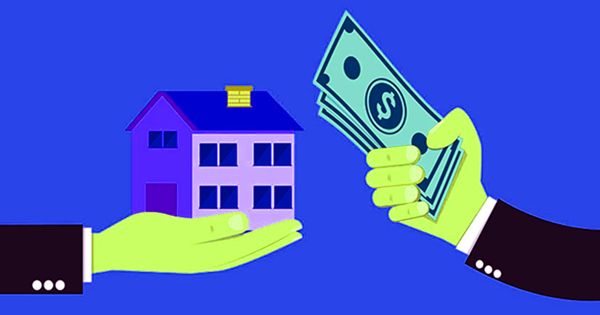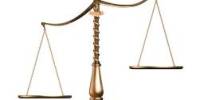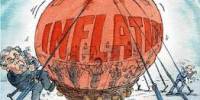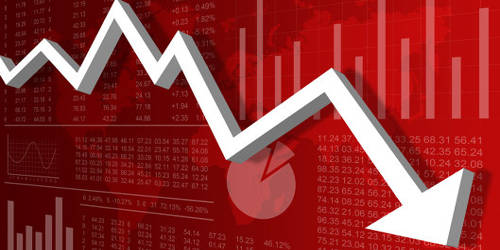Purchasing power is the value of a currency expressed in terms of the number of goods or services that one unit of money can buy. It is the number of goods and services that can be purchased with a unit of currency. It is important because, all else being equal, inflation decreases the number of goods or services you would be able to purchase. For example, if one had taken one unit of currency to a store in the 1950s, it would have been possible to buy a greater number of items than would be the case today, indicating that the currency had a greater purchasing power in the 1950s.
Purchasing power is the number of goods or services that a unit of currency can buy at a given point in time.
In investment terms, purchasing power is the dollar amount of credit available to a customer to buy additional securities against the existing marginal securities in the brokerage account. If one’s monetary income stays the same, but the price level increases, the purchasing power of that income falls. Investments are particularly impacted by fluctuations in purchasing power, as low-risk investments can result in a lower return on investment.

The result of a decrease in purchasing power is known as inflation. Inflation does not always imply falling purchasing power of one’s money income since the latter may rise faster than the price level. This generally occurs over time with the increase in the money supply produced by a nation for various reasons. A higher real income means a higher purchasing power since real income refers to the income adjusted for inflation.
Purchasing power affects every aspect of economics, from consumers buying goods to investors and stock prices to a country’s economic prosperity. Traditionally, the purchasing power of money depended heavily upon the local value of gold and silver but was also made subject to the availability and demand of certain goods on the market. Because purchasing power can be measured by the quantity of a certain item or items that can be bought with a specific amount of money, it’s a simple and straightforward method that can be helpful in settings budgets.
As Adam Smith noted, having money gives one the ability to “command” others’ labor, so purchasing power to some extent is power over other people, to the extent that they are willing to trade their labor or goods for money or currency. This term also has a place in economics as it is an important indicator of the economic condition of the nation, as well as impacts on consumer spending and investment decisions.
Information Source:
















